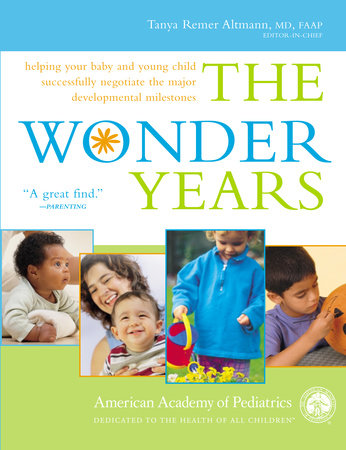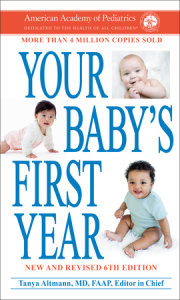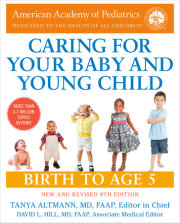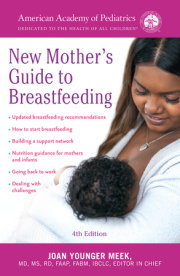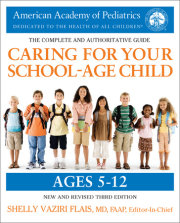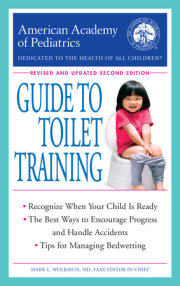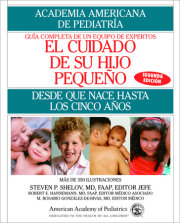Chapter One
Movement
Understanding the Stages
Motor Skills are those that require the coordinated movement of a muscle or a group of muscles. Gross motor movements are the large movements of the limbs and body, which are associated with crawling, running, and jumping. Initially, however, they are required to support your baby’s body—enabling her to hold her head up steadily and sit without support–rather than moving it.
Gross motor skills depend on the strength of the large muscles that support and move the neck, back, arms, shoulders and legs. In addition, the brain has to mature so that it is able to send the appropriate messages to these muscles. Fine motor skills also rely on muscle strength and messages from the brain but they produce more delicate movements, such as picking up a small object with the finger and thumb.
In early life, the parts of the brain that control ad coordinate movement are immature. They gradually develop in a head-to-toe sequence, starting with the area responsible for controlling the movements of the head and neck, followed by the area that controls the movements of the arms and trunk, and finally the part that controls the movements of the legs. This sequence development is illustrated in the milestones, head control in achieved before sitting, which is in turn learned before walking.
What happensFor a new skill to be learned, nerve pathways are laid down and the corresponding muscles are strengthened so that they can respond to the nerve impulses and produce the required movement. Motor skills are very complex; in addition to nerve pathways and muscle strength they require coordination of the muscles involved and balance. All of these are developed and reinforced through practice.
Both gross motor and fine motor skills develop throughout childhood; many activities require the two types of movements to occur at the same time.
The sequence of eventsAs with the other aspects of development, the stages of movement generally follow a recognized pattern, the achievement of one milestone forming the building block on which the next is built. The early movement milestones do not actually enable a baby to move from one place to another, but rather form the foundation for the more complex movements to come like rolling over and later walking. Achieving good head control, the first major movement milestone, is needed for all other movements to occur. As with the other milestones, it is achieved through trying to do it again and again but it can be helped along by the right environment and activities.
Aiding your child’s progress
There are many things you can do to encourage gross motor achievements and share your child’s joy as she progresses from rolling over for the first time to crawling, walking and later running.
Look at the way your baby moves and find activities that use these movements. Vary the activities frequently as babies and toddlers have short attention spans.
Never push you child to learn but rather provide an environment that nurtures her development. Take her lead—she will soon let you know what she can manage and what needs to wait. Make her surroundings interesting and challenging, so that they encourage her to be active and to practice her skills. Always praise her efforts whether she succeeds or fails.
Seeking Advice
As we have said before, every child is different and there can be a marked variation in the timing of the acquisition of skills from child-to-child. This variation is determined by a number of factors, two of the main ones being the time the parents achieved their milestones, and the opportunities given to practice a particular activity. Also, it is important to remember that premature babies tend to achieve their milestones later than full-tern babies. In some cases, delayed learning can indicate an underlying problem. Always seek advice from your pediatrician if you have any concerns. Remember, no one knows your child better than you do. Your child’s pediatrician will be happy to see you and check that all is well with your little one.
Copyright © 2006 by The American Academy of Pediatrics. All rights reserved. No part of this excerpt may be reproduced or reprinted without permission in writing from the publisher.

